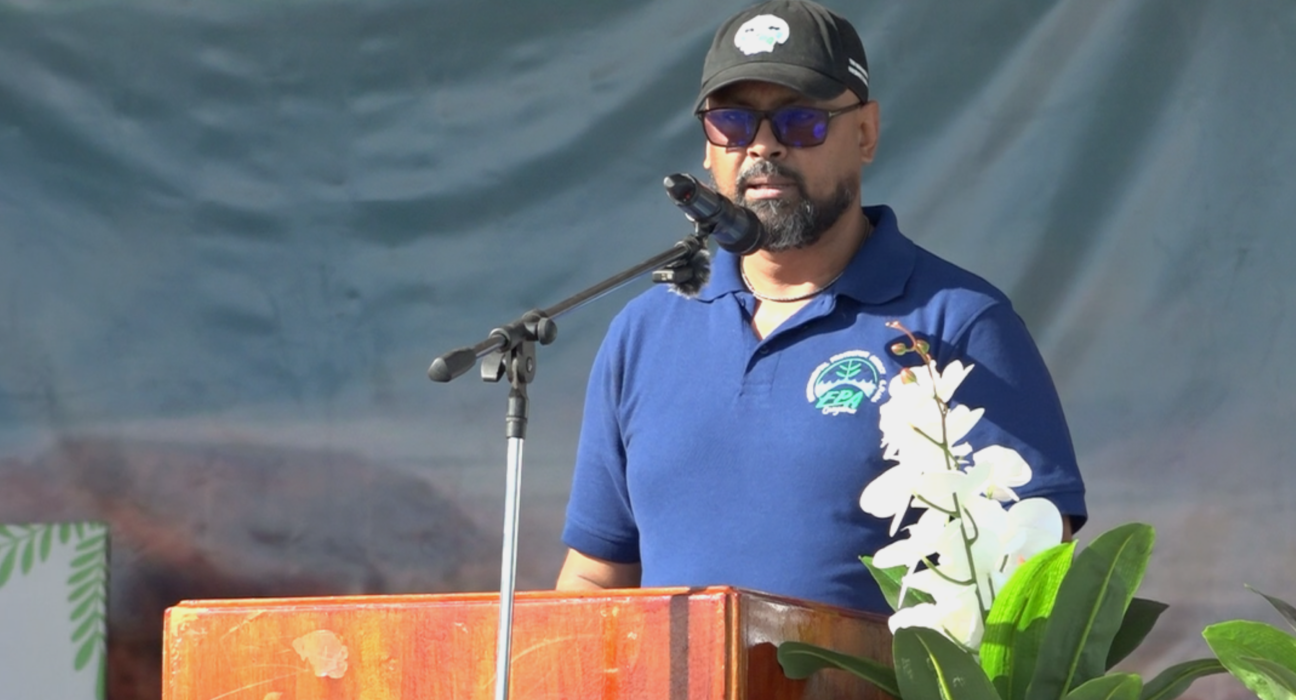The Environmental Protection Agency (EPA) is making significant strides in bolstering its regulatory capabilities through substantial investments in technology, particularly in light of Guyana’s burgeoning oil production.
Director Kemraj Parsram underscores the EPA’s commitment to leveraging technology to elevate its regulatory standards.
With the country’s increased oil production offshore, the EPA is allocating resources to implement advanced monitoring systems.
These efforts include the deployment of remote water quality sensors to monitor the operations of Guyana’s three Floating Production Storage and Offloading vessels (FPSOs): Liza Destiny, Liza Unity, and Prosperity.
These sensors provide real-time monitoring of oil concentration in produced water, ensuring compliance with stringent World Bank standards prior to discharge.
Moreover, the EPA harnesses NASA’s satellite technology and MAXAR’s imaging capabilities to monitor gas flaring and swiftly detect oil spills.
These technological advancements empower the EPA with comprehensive oversight and enable prompt responses to environmental incidents.
Additionally, the EPA has earmarked approximately $40 to $50 million for specialized training in oil spill response, rig inspection, and FPSO inspection.
This investment underscores the agency’s commitment to proactive environmental management within the oil sector.
Parsram emphasizes the EPA’s streamlined permitting process for the oil sector, aimed at mitigating the risk of oil spill liabilities for Guyana.
Through technological innovation and investment in training, the EPA ensures robust environmental oversight and safeguards public health while facilitating responsible oil production.
The EPA’s dedication to technological advancement and capacity building underscores Guyana’s commitment to environmental stewardship amidst its evolving energy landscape.

